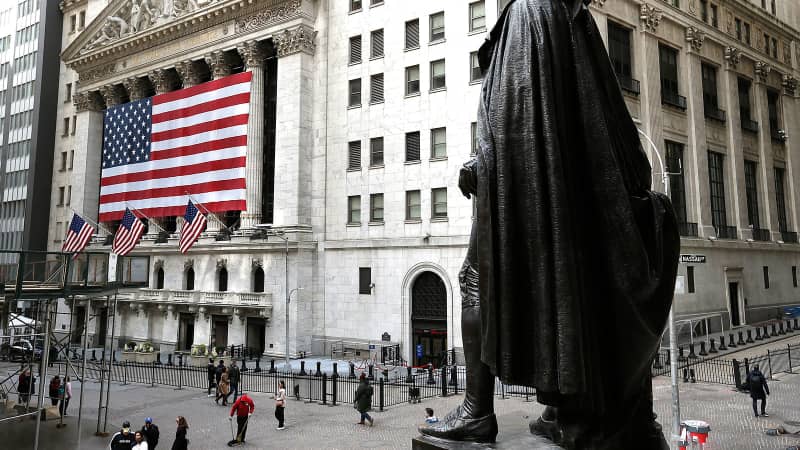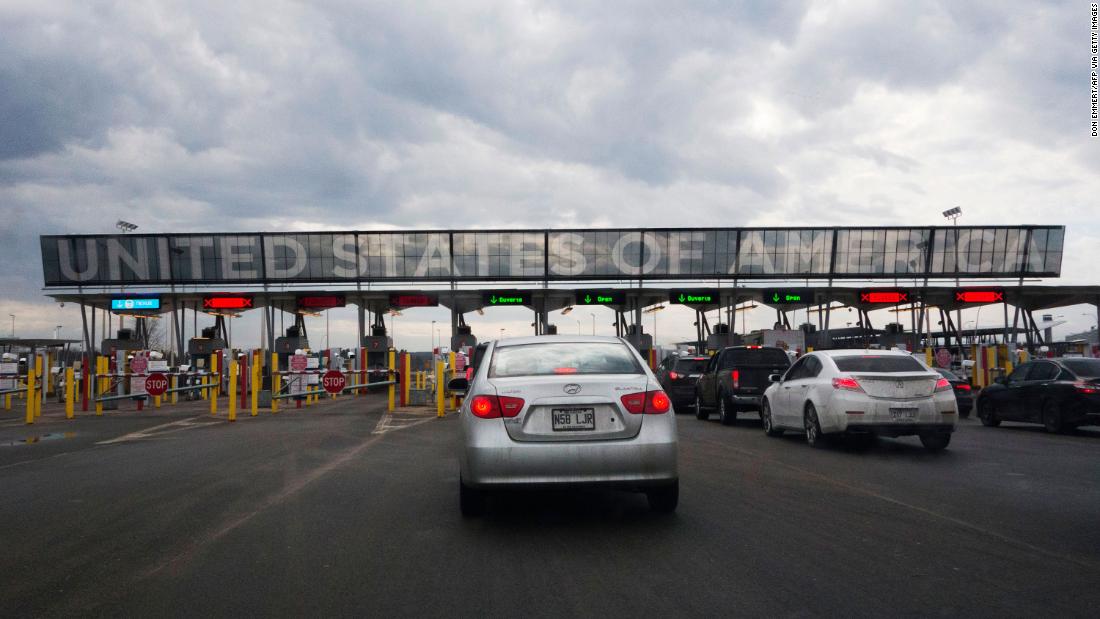Products You May Like
(CNN) — Freedom of movement at the world’s longest land border diminished on Wednesday when President Donald Trump announced restrictions on travel between the United States and Canada.
“We will be, by mutual consent, temporarily closing our Northern Border with Canada to non-essential traffic. Trade will not be affected. Details to follow!” Trump tweeted.
The decision will transform life at the northern US border with Canada, which nearly 200,000 people cross each day. And it’s just one of a slew of travel restrictions appearing as world governments cope with the spreading coronavirus.
In some cases, employers, organizations and even government agencies are limiting non-essential travel.
That leaves many wondering what qualifies as non-essential travel. The answer, it turns out, is not always straightforward or even easily enforceable.
What it means on the US-Canada border

Cars usually line up to cross into the US at the US/Canada border at Saint-Bernard-de-Lacolle, Quebec.
DON EMMERT/AFP via Getty Images
In a news briefing on March 18, a reporter asked President Trump to define non-essential travel between the United States and Canada.
“Well I think essential is medical, we have military working together, we have industry working together, and again, it’s not affecting trade, so things like that,” said President Trump. “But just leisurely ‘let’s go to a restaurant and have dinner,’ which a lot of people do … we have ended on a temporary basis.”
His reply underscored the lack of official clarity around the term.
In Ottawa on the morning of March 18, Canadian Prime Minister Justin emphasized that both governments see supply chains as essential. “These supply chains ensure that food, fuel and lifesaving medicines reach people on both sides of the border,” Trudeau said, noting that trucking would not be affected.
The restriction, which Trump suggested could last 30 days, will prevent tourists from traveling between the two countries. “We’re telling our citizens not to visit their neighbors if they don’t absolutely have to,” said Prime Minister Trudeau at his press conference. “These measures will last in place as long as we feel they need to last.” Enforcement details are yet to be made public.
Restrictions for the rest of the world

European Commission President Ursula von der Leyen proposed that the EU close its borders to non-essential travel on March 16.
KENZO TRIBOUILLARD/AFP/Getty Images
Despite the gravity of the advisory, the CDC still leaves it up to the individual to interpret what is, and what isn’t, essential travel.
And when it comes to restricting or recommending against non-essential travel, government decisions have varied widely.
In recent days, travelers have reported being turned back at the borders of the EU when their journeys were deemed non-essential.
What is a lockdown?
It’s the United States’ first taste of the sweeping lockdowns that have been put in place in Italy, France and Spain.
Rules can vary by city, region or country.
Rules can vary by country

It’s not clear if New York City will issue a “shelter-in-place” order.
John Lamparski/NurPhoto/Getty Images
In the United States, it remains to be seen whether stringent shelter-in-place orders will become more widespread.
He said all actions should be statewide, and called on Americans to remain calm in the face of coming disruptions. “This is an extraordinary time in this nation’s history,” he said. “It’s a character test for us collectively as a society.”

